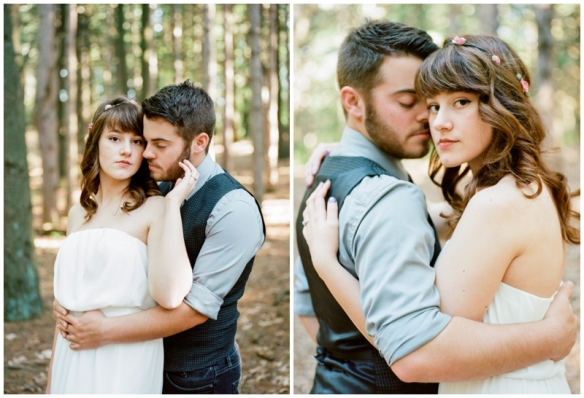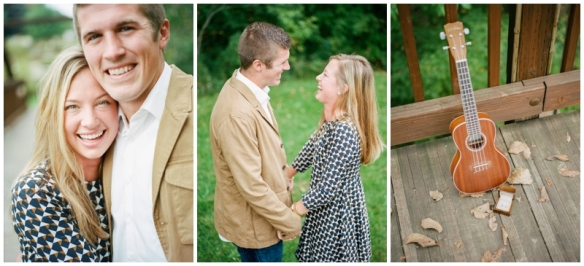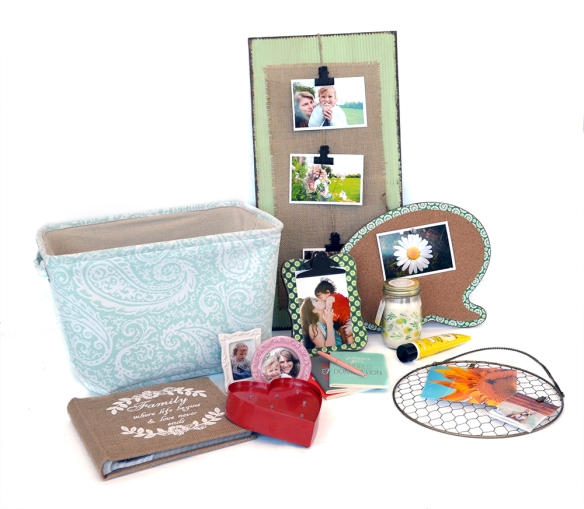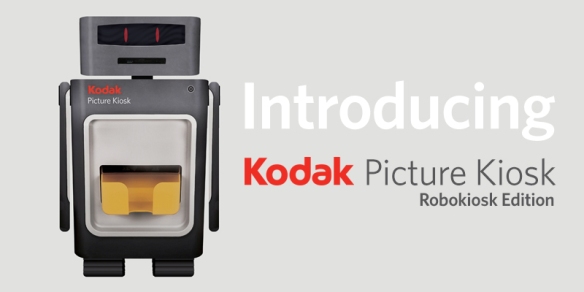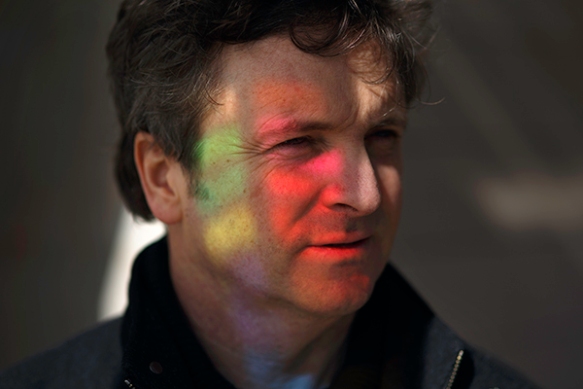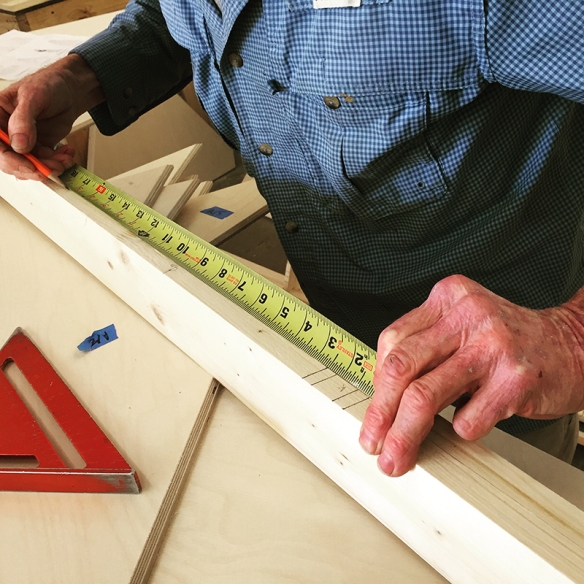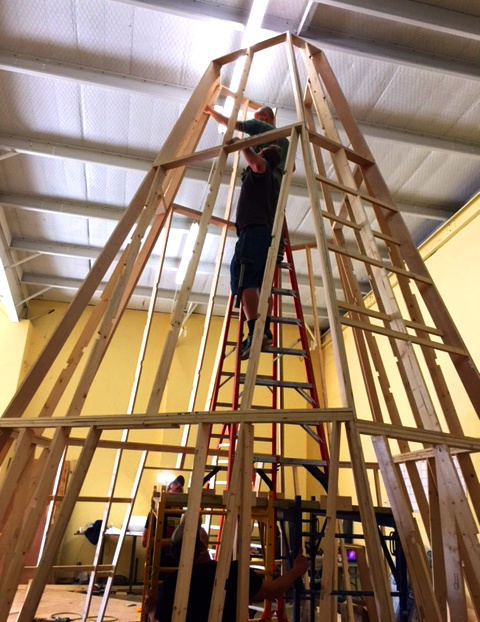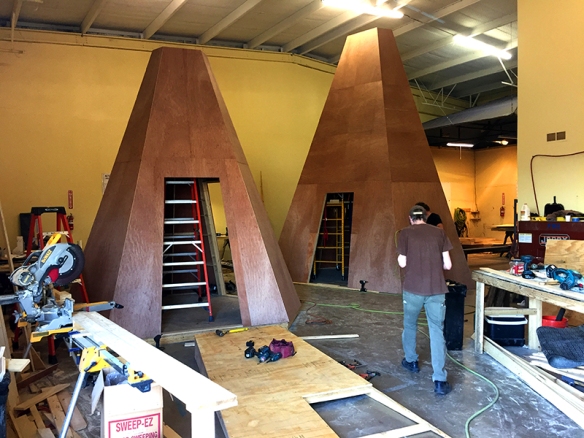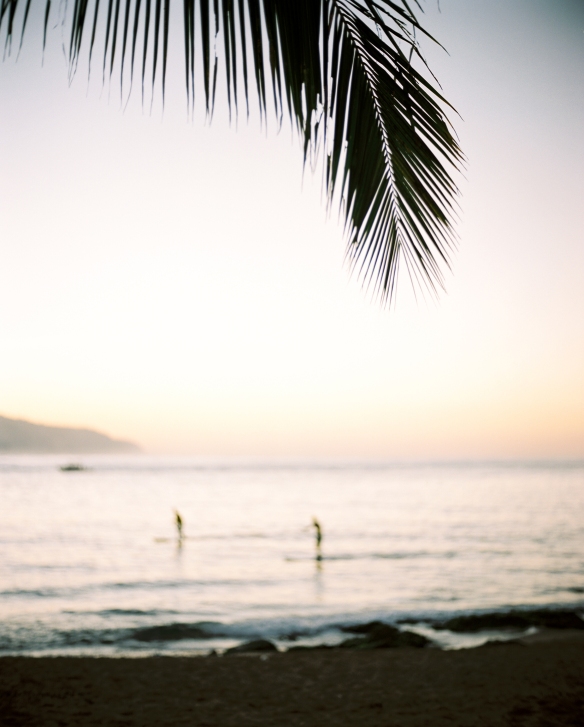Today’s blog post comes from Doug Box Master Photographer.
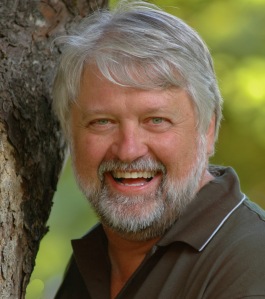
___________
Why should today’s photographer print their work on photographic paper? I believe there are several of reasons. Here is my top three:
More Profit
First, images printed on traditional photographic paper can be the most profitable products you can sell. Remember, profit is always an important factor when determining product line. The cost is so low for photographic paper products.
When I am selling to my clients, I always start with the photographic paper products. It sure helps on the bottom line. I find I can mark up these products several times more than some of the nontraditional products like metal prints, canvas wraps, or novelty products. Sell the paper products first, and then sell the less profitable products. That way, if the client were to run out of money, you have your best profit margin products sold. You can always sell frames and other products when they return to pick up their prints!
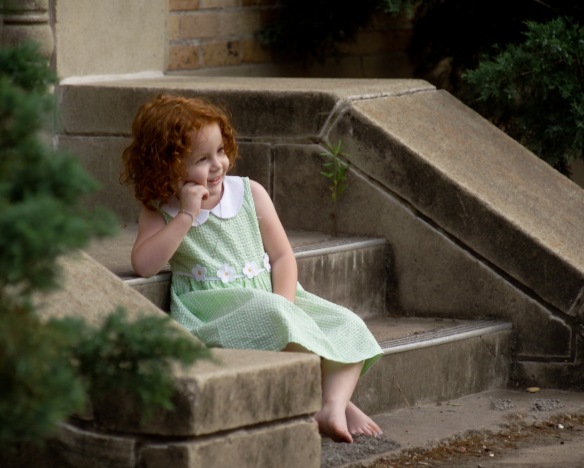
Perfectly Match Image to Paper Surface
Second, because of the variety of papers in the Kodak Professional line, you will be available to offer the perfect paper for each image. You will be able to show your expertise to your client by matching your photographs to the right surface to bring out the best in each image!
I believe the new canvas papers look more like the old style of canvas prints -where the emulsion is removed from the backing and bonded to canvas.
Longevity of the Prints
Third, we should not forget about the archival properties of the Kodak Professional Endura papers! This subject may not be talked about as much as it was a dozen or more years ago, but this feature is still a very important benefit for our clients. I believe it is something we should use in our sales presentation.

Where have the Print Sales Gone
One of the things that seems to have changed in the industry, and not for the good, is that we as photographic professionals, have forgotten the print! We put so much energy into creating the file, Photoshopping the file, and protecting the file from falling into the hands of the client. I am convinced that the more we focus on the files and not on the print is like saying to yourself, “Don’t miss the ball” when standing at home plate with bat in your hand. Your mind hears, “miss”.
When a prospective client calls and quickly asks, “Can we buy the files?” I say “Yes” and move on to more important information like, “Who do you want to have photographed?” or “How did you happen to call me?” I start talking about them, what type of photograph do they want – do they want indoor or outdoor photographs, casual or formal, or where do they want to display their portraits? I will get back to talking about the files with the client later. Right now, let’s talk about what they want in the photography and the prints they need!

Files are for sharing, Prints are for preserving!
As we know, this is the most photographed generation ever, but the least printed. Many of today’s young people will ask when they get older, “Where are the pictures of me when I was young?” I remember as a young boy, sitting with my grandmother having her show me her collection of old family photos telling me about the people in the photographs. I am afraid the vast majority of photos taken in this time in our history will not survive for future generations to enjoy. So many photos taken today are either not stored permanently or are stored on media that will not be viable in a few short years. I did early videos of my first son on Sony Betamax. When is the last time you saw a Betamax machine? Think about all the different media products that have gone the way of the dodo bird.

The Lost Generation
ATLANTA, GA (November 12, 2015) – According to a nationwide survey conducted by Professional Photographers of America (PPA), 42% of people (ages 30-44) will likely look back and wonder where photos of their childhood, holiday get-togethers, relatives and friends have gone decades from now. Why? They are no longer printing photographs or creating photo albums. In fact, 67% store their photos solely in digital form on a computer or phone.
I read recently that more photographs were taken in the last five years than all photographs taken since that famous first photograph taken in an English courtyard. However, it is estimated that less than 0.00001 % of all images taken will ever be printed. Phones will die, hard drives will crash, cloud services will fail or go out of business and the majority of these images will be gone for good.
The survey polled more than 1,500 consumers nationwide about their photography habits and revealed eye-opening statistics about the lack of printing tangible photographs and non-digital image storage that could prove devastating to the chronicling of our lives.
Additional highlights from the survey include:
- 8% of people no longer create photo albums, and an additional 27% say they have the desire but it’s too time consuming. Translation: nearly 70% of people no longer have photo albums.
- 53% of people said they haven’t printed a photo in 12 months or longer.
- 46% of people use their SmartPhone or tablet to take family photos
- 57% of people store their photos on their phone or computer

To Sell the Files or Not
Not everyone agrees with me, but I have sold files since I started shooting digital. In fact, I have sold files before digital, in the form of transparencies and negatives. All my commercial clients want the files in some form, and I made lots of extra money selling the negatives and the files. I always used a sliding scale: the more photography (prints) they bought, the less the files cost, the less they bought, the more the files cost. I found out this about most clients, it’s about right now. For the most part, people don’t buy from old files.
I believe our job is to guide the client through the sales process, and the selling starts from the first phone call. I sell during the portrait planning session during the photo session and during the “sales session.” If I have done my job right, we just pick our poses and purchase accessories like frames, non-photographic paper products and of course the files!
I was teaching a class recently, and one of the students was frustrated that most of her clients only wanted files. After talking with her she said most of her clients came from Facebook. It finally came to me, how can you be surprised if people only want to buy files when they come from Facebook where all they are seeing is FILES? If you want to sell more prints, show more prints. Have displays where people can see prints and use large prints.
How Fast Things Change
Just think, at the turn of this century, no one had iPods or a camera in our phone, the first camera phone was introduced in late 2000, a 0.35 megapixel by Sharp. The iPod did not appear until Oct 2001. There also was no Google, GPS, social media, texting, Amazon or iTunes! How fast things change. I believe it up to professional photographers to carry the banner for the print! We know prints, we love prints and we should be the group that make sure memories are saved for future generations via the print!
I would love to talk about this with some more at the WPPI! Meet me in the Kodak Alaris booth #1235 at 1:30 PM on 3/7 & 10:30 AM on 3/8




